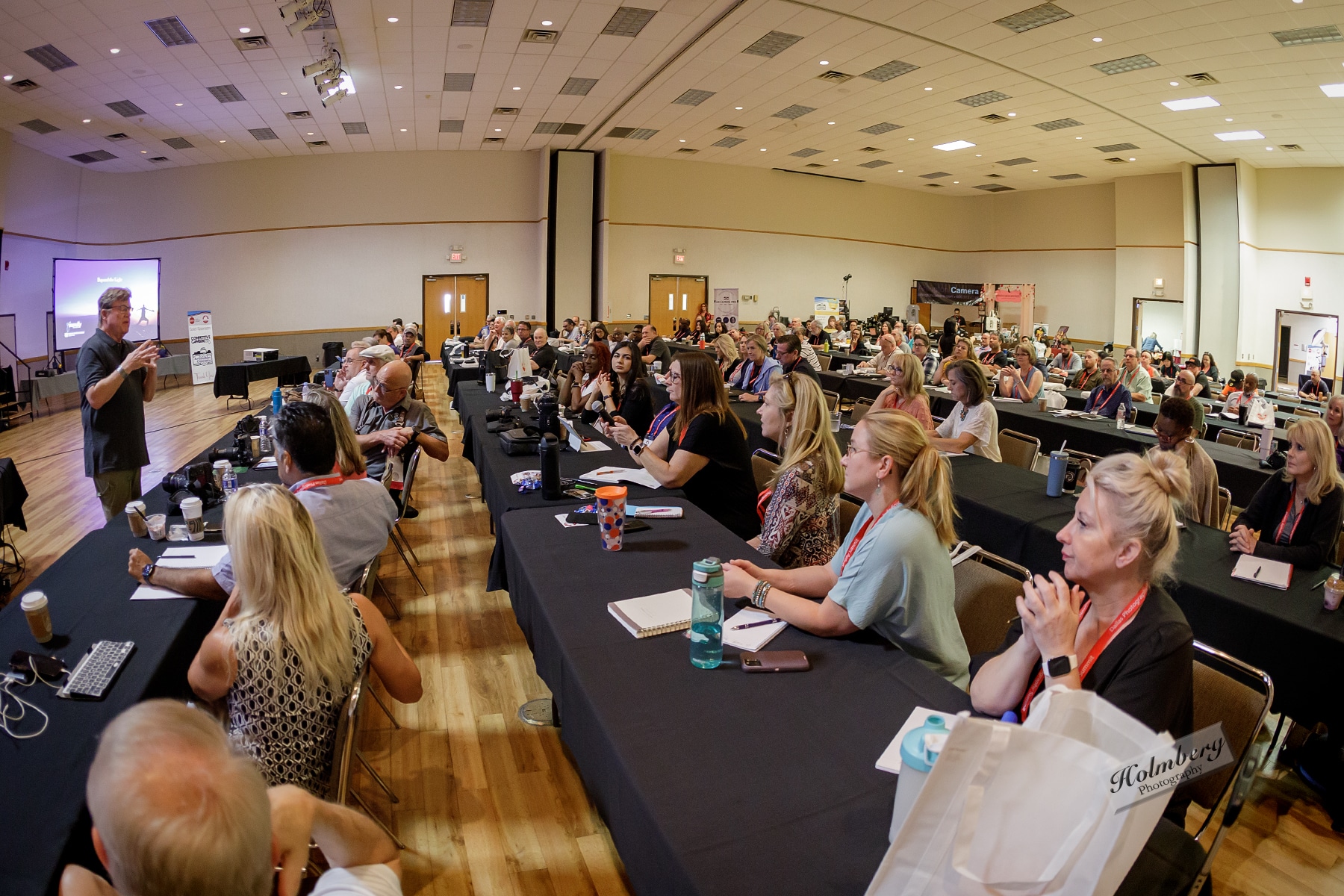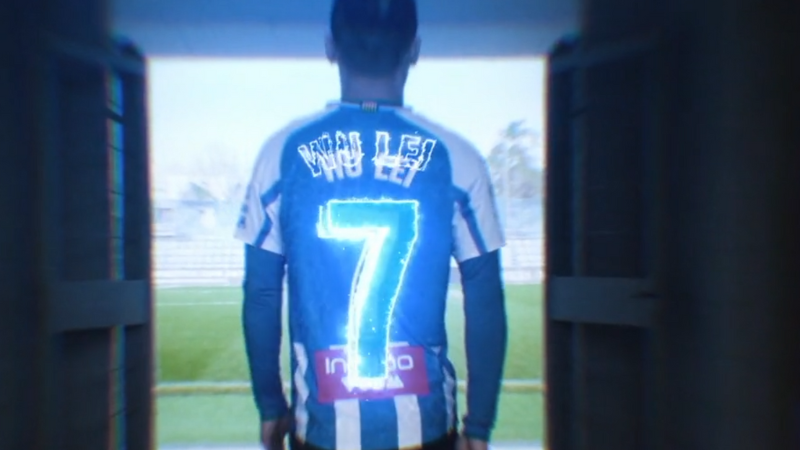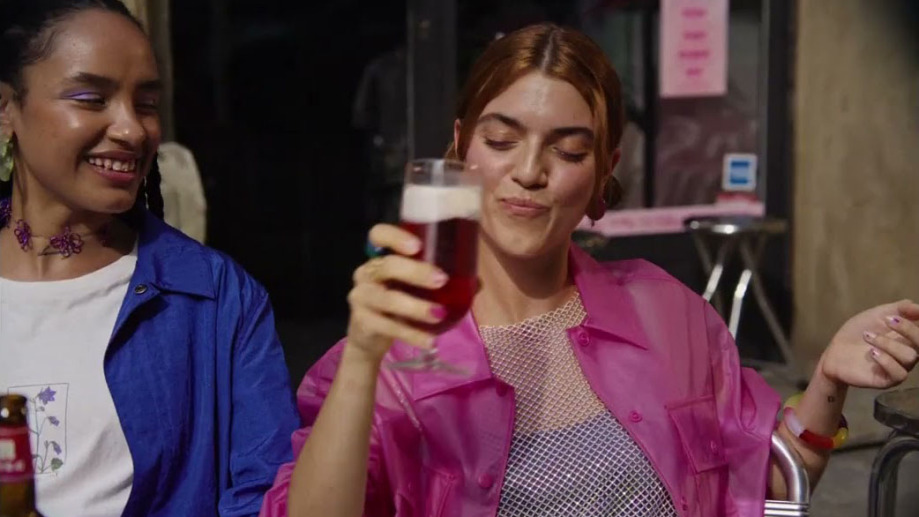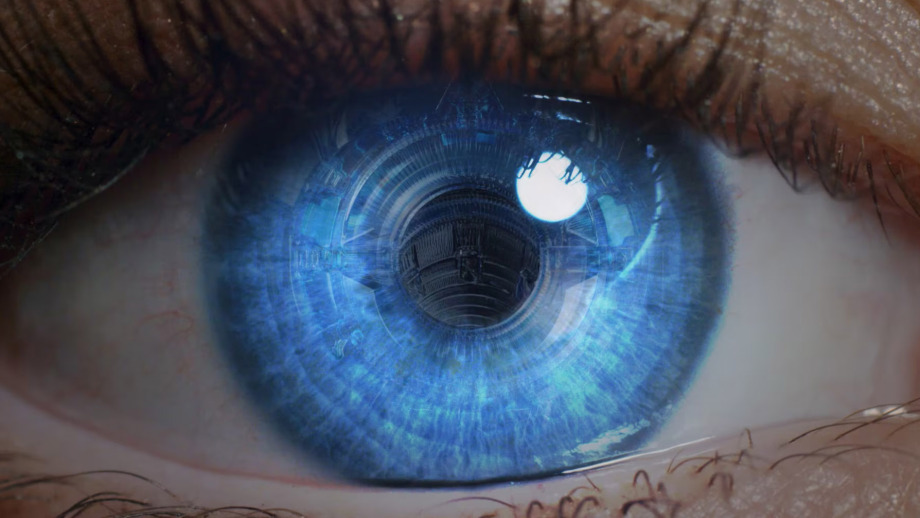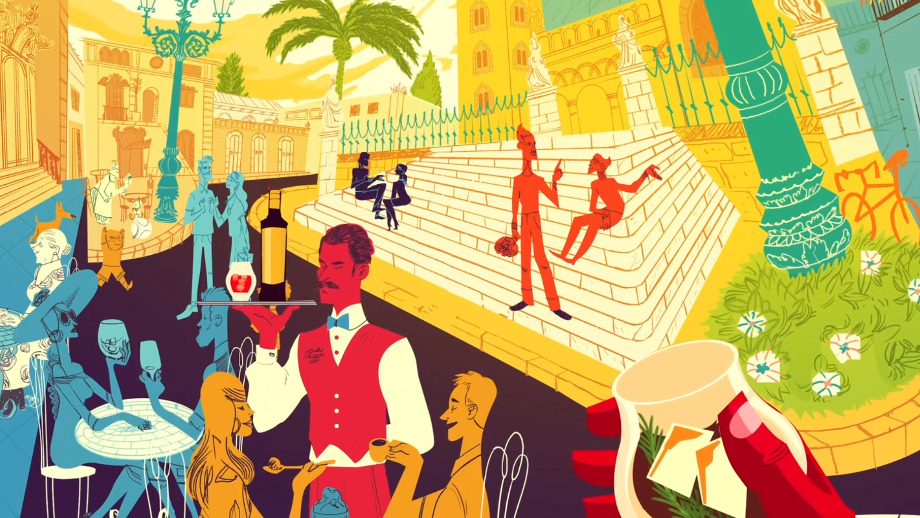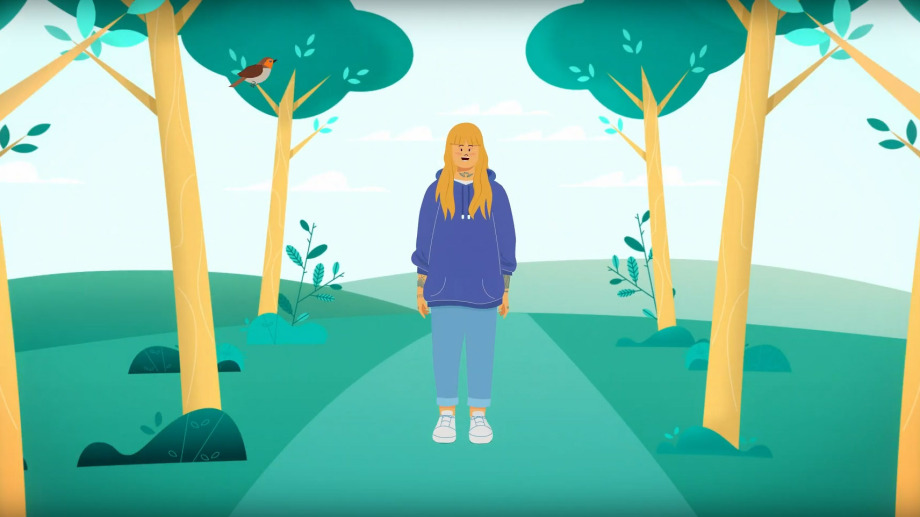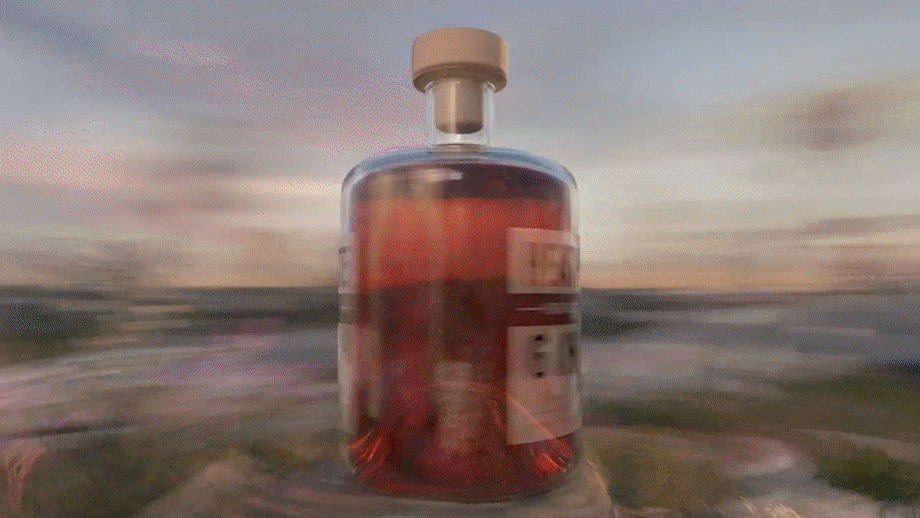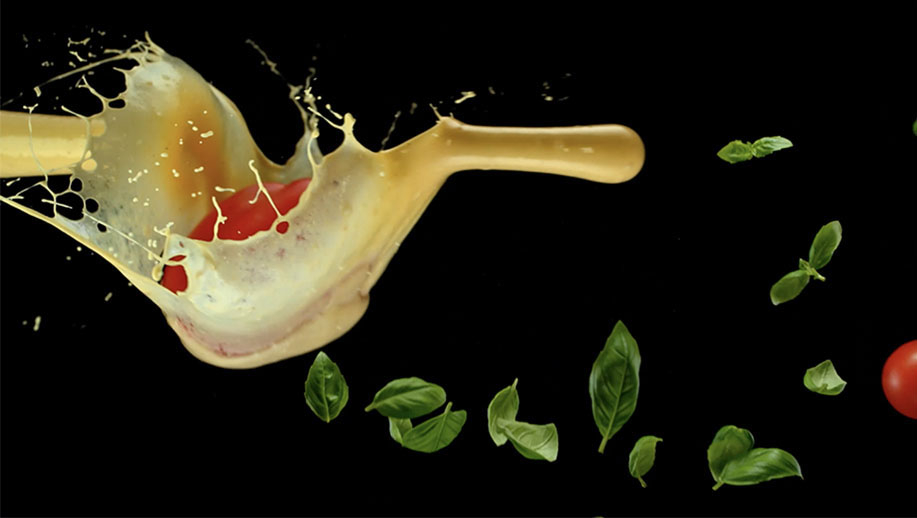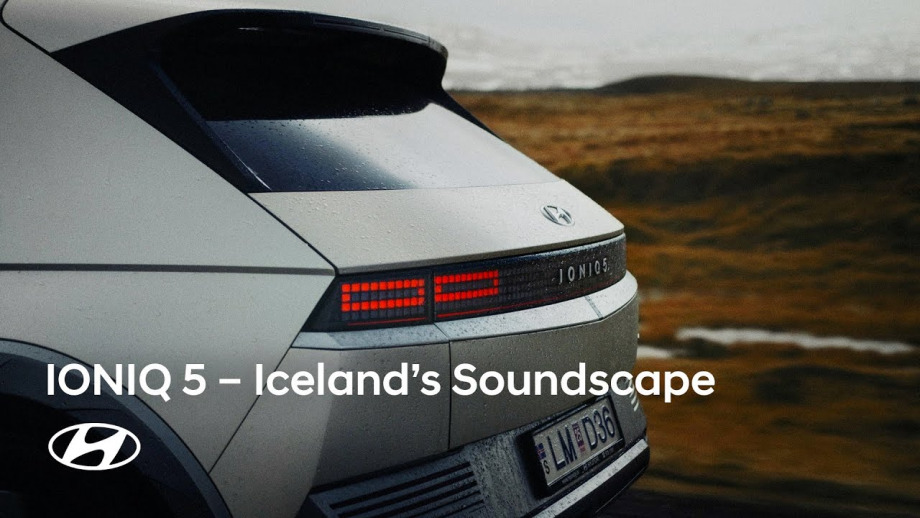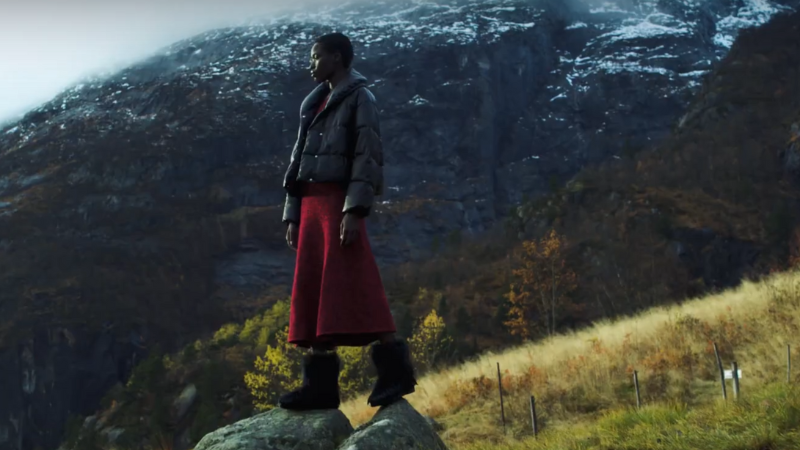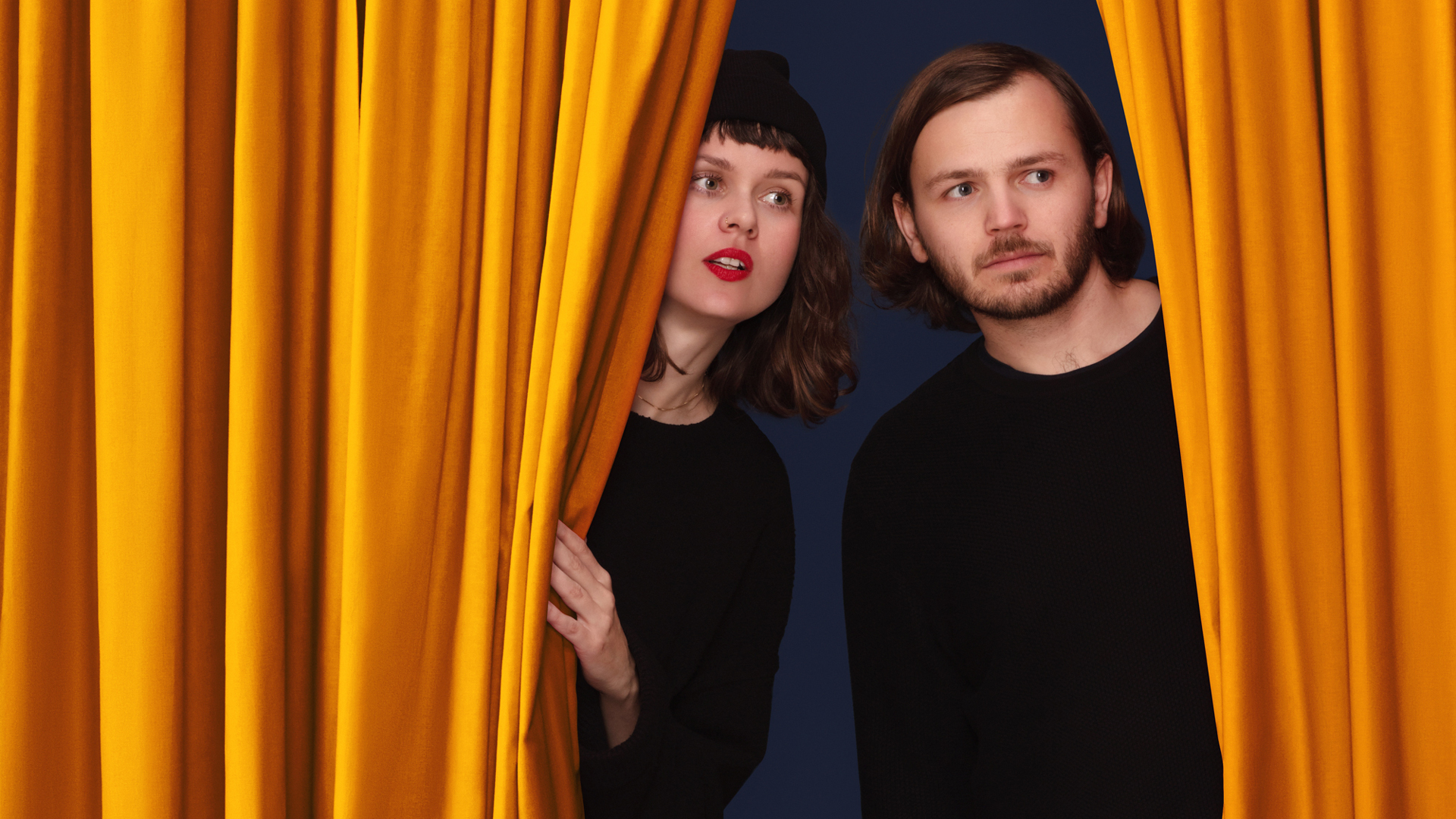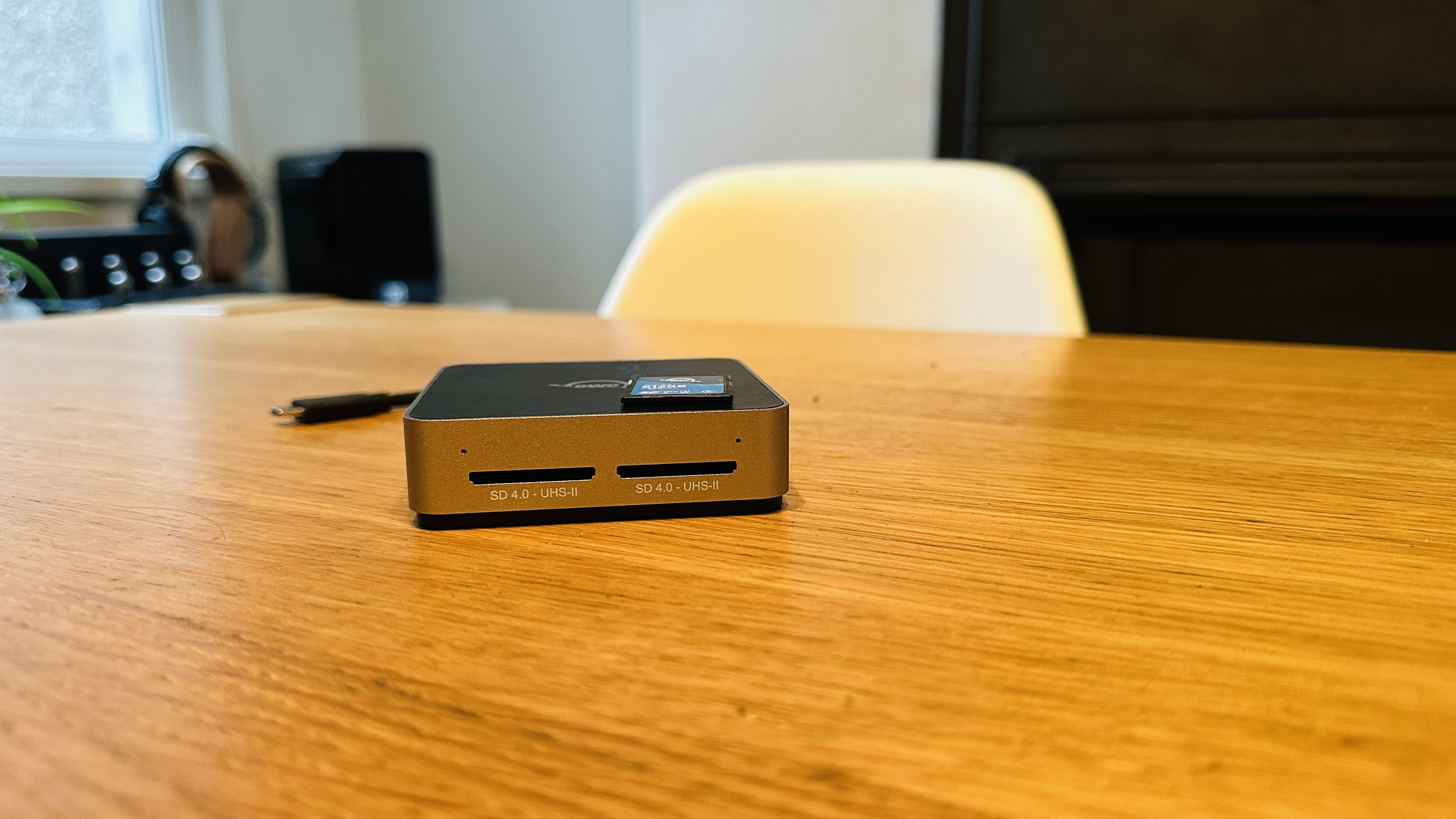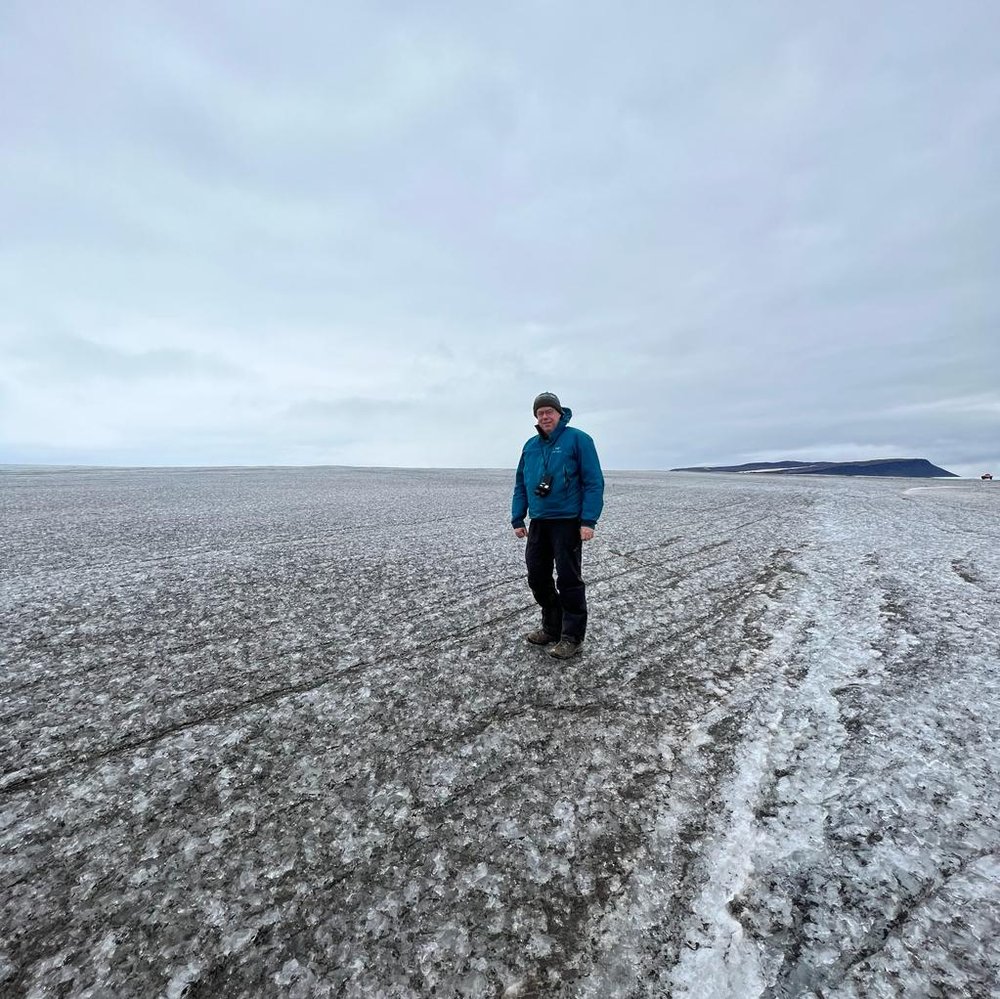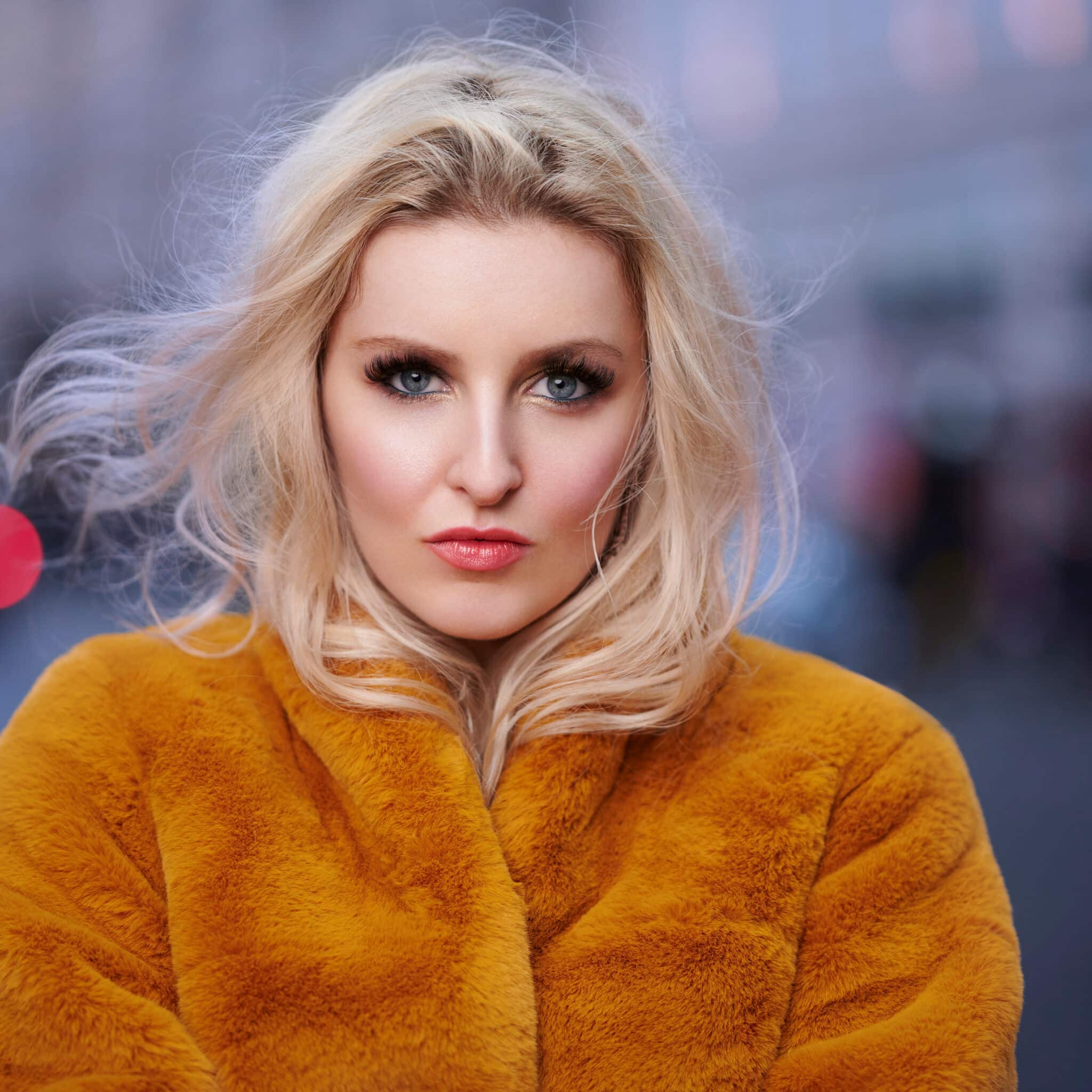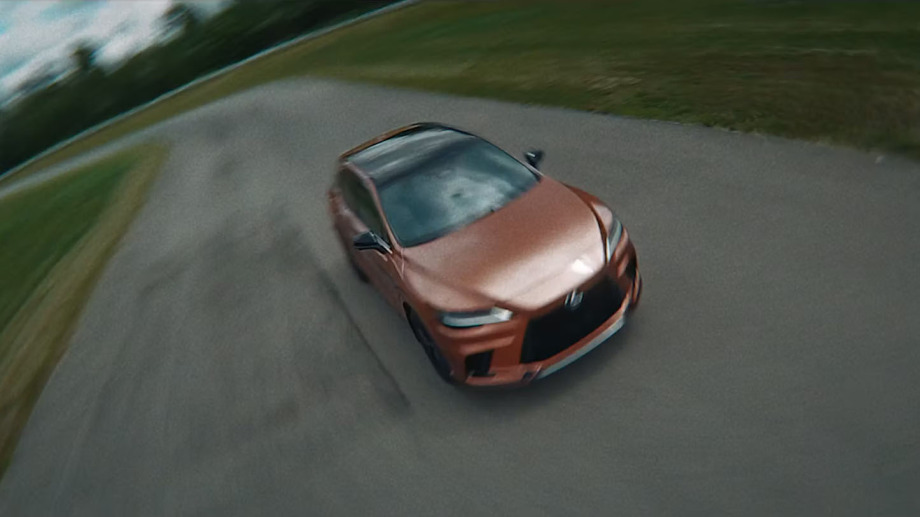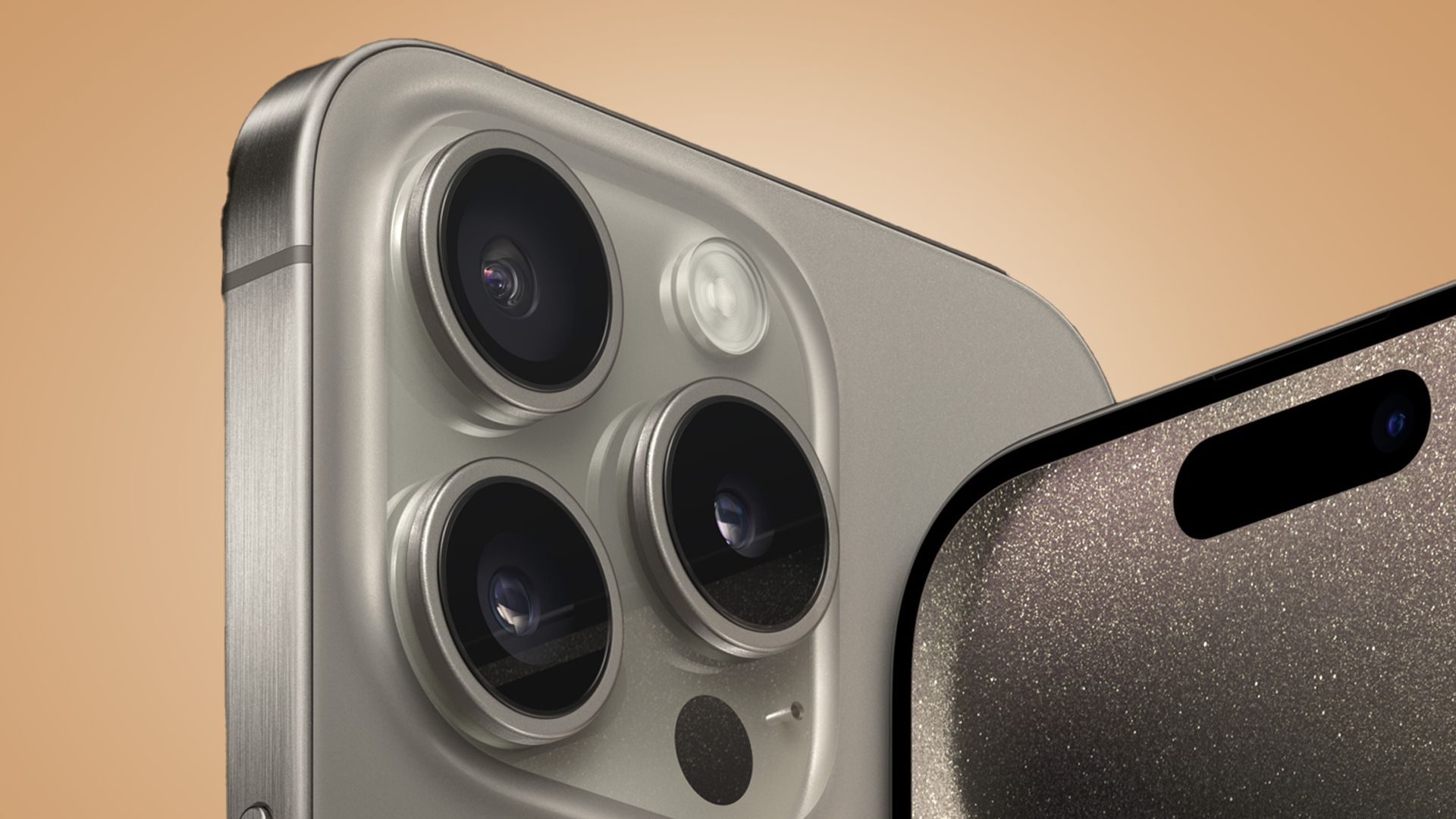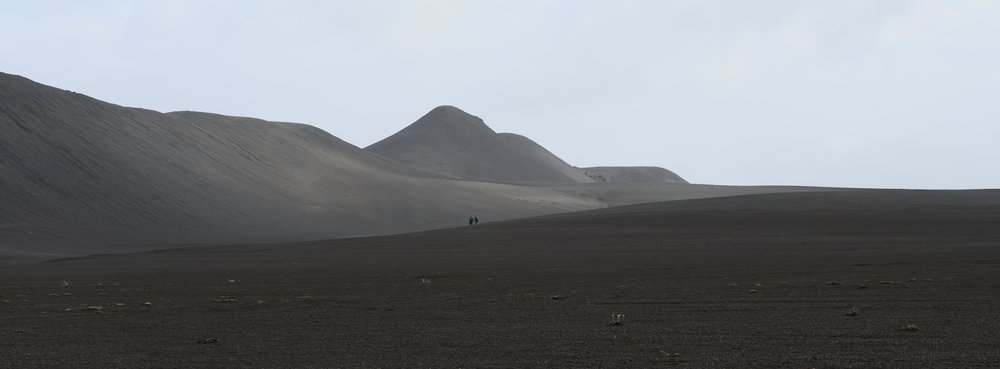Photographers
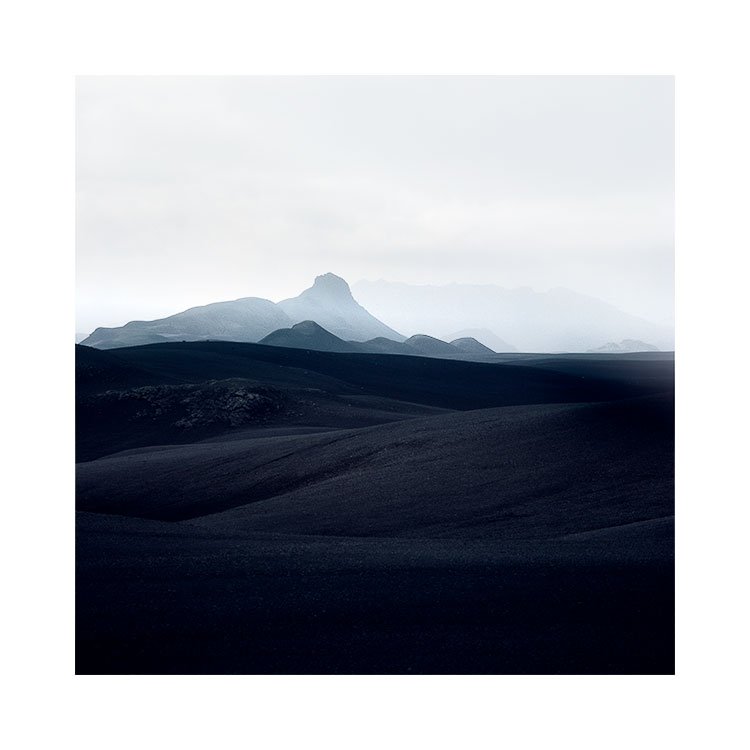
Kodak E100 film
The Art of Adventure - Bruce PercyIn case you hadn’t noticed, the supply chain from more than two years of lockdowns, has caused problems. Whether it is silicon chips (I met someone on the plane recently who works in semi conductors and he told me that the supply / demand chain was always ‘just in time’, which means that any hold up in making chips, will last for more than a decade).

Kodak E100, Recovered from a seriously underexposed transparency. Which is impossible to do with Velvia 50.
As a film photographer, it has been a little bit trying - I placed an order for some Fuji Velvia 50 in March 2022, only having bought some with ease in January, to find out that I have had to wait more than a year to receive a few packs. Just recently, I received around 20 more packs. A false sense of security is what I’m feeling, and it’s just as well that my freezer is stocked with enough film to last a couple of years.
But the fact is, that when the supply chain is affected so badly, costs go up. Velvia is now selling for somewhere between £70 and £120 for a pack of five rolls. That is getting expensive. I’m not personally concerned about the expense because for me, I have always assumed that if you want to do something, cost rarely comes into it. But it does concern me that others will stop shooting it because of the cost, and when that happens, we may see the film becoming something that film manufacturers stop producing. If there is no demand due to cost, there will be less films available for sure.
My main issue right now is supply. It is hard to find the film I like using. So I decided to research into some other films, and I’ve just spent the past month shooting Kodak E100 slide film which, based on some of the reviews I’ve seen, suggest it’s close, and in some ways better than Velvia. So I thought I would experiment with the film to see how I go, as it would be nice to know there is a replacement for the film I’ve used for more than three decades.
I’ll tell you now, that Kodak’s E100 is nowhere near a replacement for what I do, and I will not be continuing to use the film at all. Before I go into the details as to why, I do wish to point out some of the positives of this film:
It has amazing shadow detail. I managed to seriously underexpose some images whilst in Iceland and they would normally be unusable if shot on Velvia. I was quite stunned as to how much recovery I could do to them. Images where the histogram was bunched way down to the left were easy to recover.
It is super fine film. Very fine detail. Almost digital like (this for me is a negative, as I do not wish to buy film to make it look like a digital camera. I wish to use film that makes the images look like film).
No reciprocity. I went all the way up to 1 minute with no compensation and the exposures when I got the right ND on the camera were very good.
If you like a less saturated film, then this might be for you as its colour rendition is very ‘real’, or ‘true’. Again this is a negative for me. I do not wish to use film to record accurately what is there. I wish to come away with something that gives its own look and feel.
I am aware, or perhaps thinking that my negative views towards E100 say more about how the choice of film I’ve used for several decades has imparted my style. There are particular properties and nuances of Velvia 50 that I know so well, that when I am editing or adjusting curves, the film behaves in a way that E100 doesn’t. I am wondering if I have become so married to Velvia 50 that it is hard to move away from it, because it is so integral to the look of what I do. Something for me to consider.

Fuji Velvia 50, shot this September on the Isle of Eigg.
Which brings me on to a topic I know has been discussed by other photographers. Many ask, and I have to paraphrase this:
‘why does Bruce shoot such a saturated film if his work is usually muted or monochromatic’?’
The answer is simply that I know the film well. It has become second nature to my fieldwork, and editing.
The longer answer is below (The first answer is perhaps the most important one):
I like the look of where it goes when I desaturate. If I were unhappy with the results, I would have changed. I am still very happy with what it gives me, and so I continue to shoot it.
The colours look great straight out of the processing lab. Someone at Fuji worked out the colour science so I don’t have to bother.
As a general principle, it is much easier to desaturate than the boost colour when editing. So using a saturated film with good colour already pre-programmed, is ideal. If I wish to turn the colour down, it’s very easy to do that.
I love film grain. It gives a sort of ‘misty’ look to some of my images. The grain structure in Velvia 50 by modern standards is grainy. For an 50 ISO film it is now old technology. There are much smoother films out there, but when I decide to add contrast, I love how the film grain is exaggerated in the edit.
I know the reciprocity times off by heart now. I like how easy it is to push this film into the long exposure territory very quickly.
When I edit using this film, it seems to respond in a way that I am comfortable with. When I am on a workshop with a group, I often find digital files by comparison an alien place to be. The tonalities are not the same. The same is true when I use another kind of film. E100 feels more like a digital capture to me. It has amazing latitude to push and pull, but the files do not respond [emotionally] in a way where I feel inspired to work on them.
I have been tempted / considering using other films for a while, and the recent supply issues made me try out E100. It’s just not cutting it for what I like to do with my work, but of course - your mileage will vary. It may be a film you love using. I say this because this post is not intended to dissuade you from using a film you may like shooting with. The main point for me is this:
‘if you like your process just the way it is’, then don’t mess with it.
Sometimes when we buy a new camera, or try out a different ball head, or filter, something changes. If you’ve got your process in a place that makes you happy, then keep running with it, and try to do as little change as you can.
If however, you’re feeling bored, need to shake up something you feel is wanting in your work, then exploration by using different film types, maybe different editing software is something to consider.


